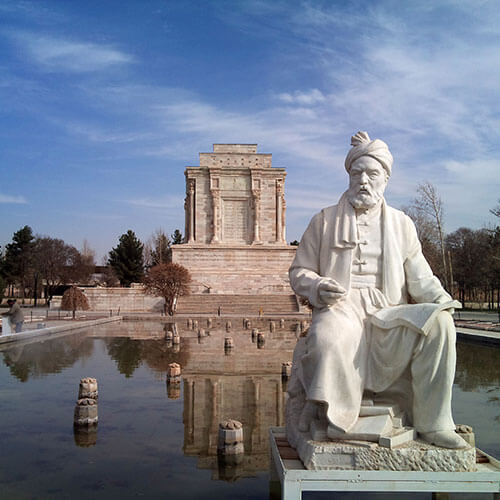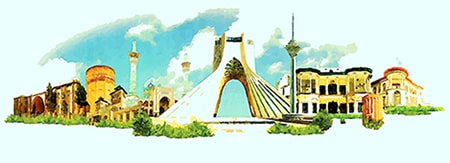آرامگاه فردوسی

آرامگاه فردوسی ، جایگاه خاکسپاری حکیم ابوالقاسم فردوسی در طوس است مساحت این مجموعهٔ آرامگاه نزدیک به شش هکتار و دربردارندهٔ باغ آرامگاه، استخر و تندیسی از فردوسی اثر ابوالحسن صدیقی در جلوی آن، بنای یادبود، ساختمانهای اداری، کتابخانه، موزه و آرامگاه مهدی اخوان ثالث است. معماری داخلی بنا نیز دربردارندهٔ کاشیکاریها، نقوش سنگی برجسته از داستانهای شاهنامه و کتیبههایی سنگی از سرودههای فردوسی و دیگران است.
گالری








